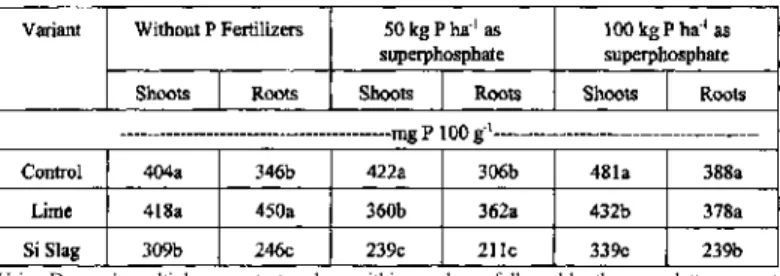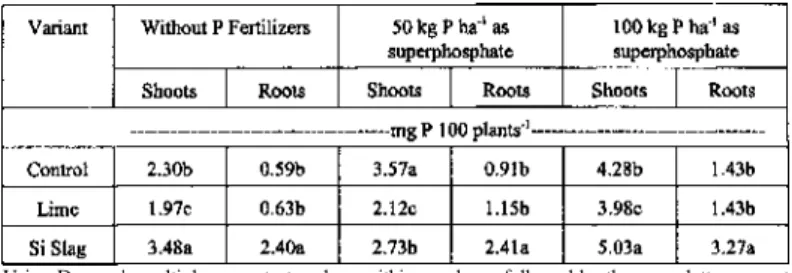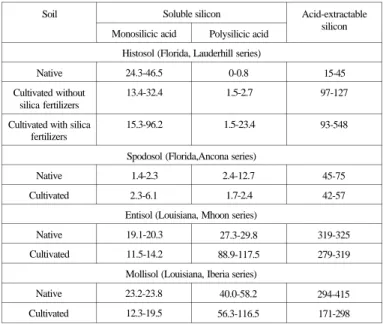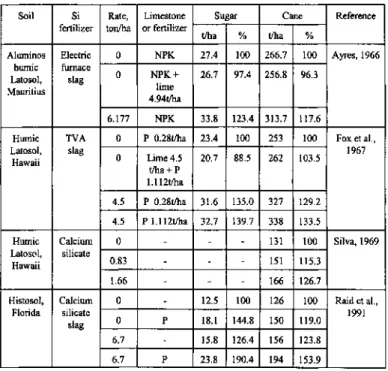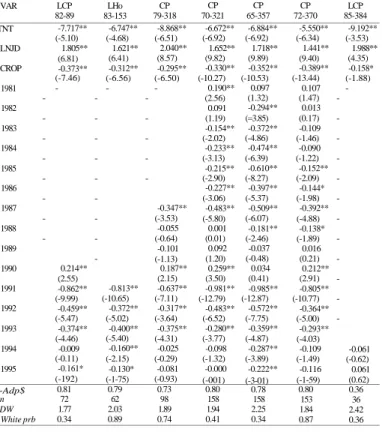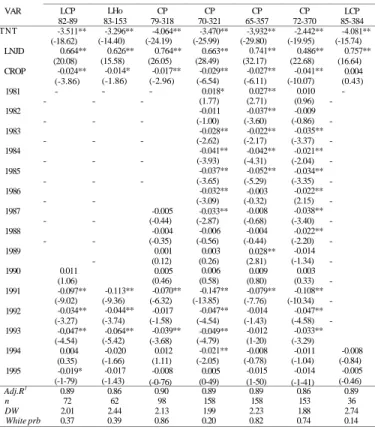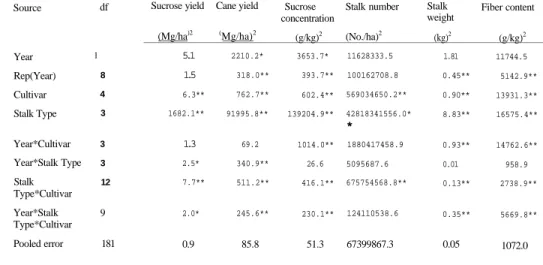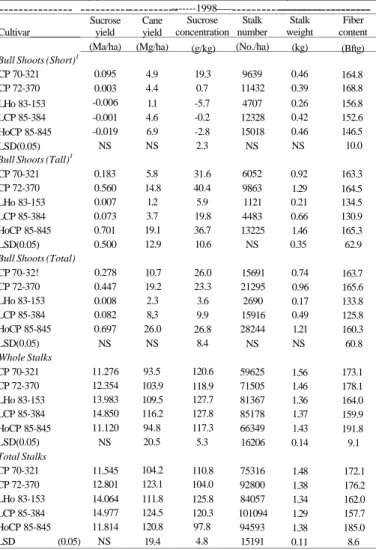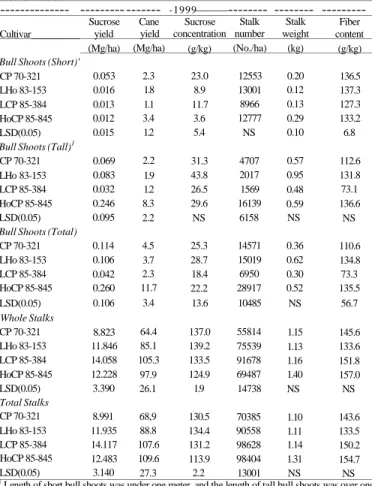In The control and management of the content of the macro and micro elements in media. Harvest travel costs, i.e. the costs of moving sugarcane harvesting equipment from one field to another on the farm during the harvest season, would have a significant impact on the net return over harvest costs for farms where individual fields are located at significant distances from each other located.
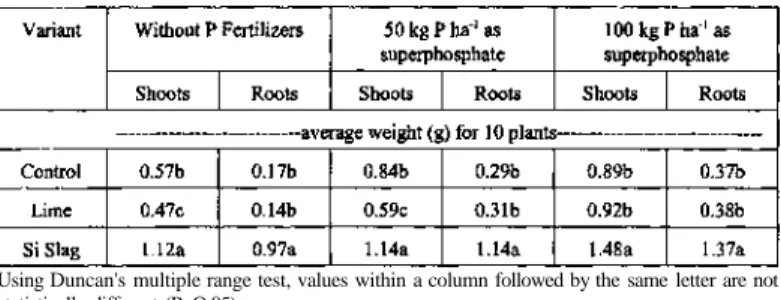
LHo 83-153
Gravois et al.: Effects of cultivar and sugarcane shoot yield on sugarcane yield in Louisiana.
LHo 83-153
The net return per hectare the producer receives for harvesting the plant cane. Therefore, average net returns over the crop cycle could be increased by extending the crop cycle by harvesting a third crop of stubble. Extending the crop cycle with a third stubble harvest increased the net return NPV to $562 per hectare, or $158 per hectare annually.
Consequently, extending the crop cycle by harvesting a third stubble crop increased annual net returns by $48 per acre. First, the economically optimal sugarcane crop cycle length is one that maximizes the average net yield per acre over the entire crop cycle.

Variation Sugar per hectare Cane Yield Sugar per ton (Ibs./acre) (tons/acre) (lbs./to) Plant cane.
Five of the CP cultivars tested in Stage III since 1970 were used at more than 15%. In general, both sugar yield and economic index as a percentage of the check cultivar in Stage III were not good predictors of production. Therefore, we specifically looked at performance in Stage IV of (1) genotypes that ranked worse than 14th in sugar yield or economic index in Stage III and (2) genotypes that ranked either first or second in sugar yield in Stage III.
Five of these 27 were either first or second in sugar yield in Stage IV. About 20% of the genotypes that were mediocre in stage III were very successful in stage IV. Each of these genotypes ranked better than 20th in either sugar yield or economic index in Stage III.
However, 8 others of the 25 genotypes that ranked first or second in Stage III then ranked among the lowest 6 Stage IV genotypes in sugar ha-1 and $ ha-1.
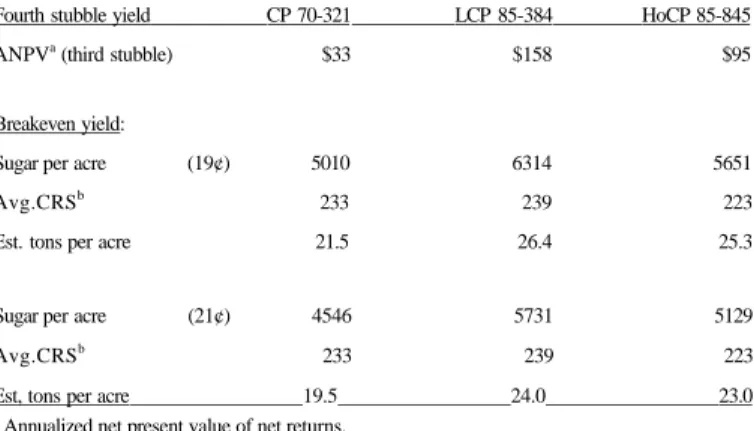
A NEW POLARIMETRIC METHOD FOR THE ANALYSIS OF DEXTRAN AND SUCROSE
M. Shine, Jr
A. Gilbert University of Florida
Luo and Rosa M, Muchovej University of Florida
The aim of this field study was to assess tissue P concentration of sugarcane cultivars at the different growth stages in response to increasing P rates. Top visible dewlap (TVD) leaf samples were collected at the early, large growth stages and late crop stages. Results indicated increases in tissue P concentration as P rate increased, particularly in the early stages of crop growth.
Phosphorus concentration was also highest in the early stages and lowest in the late stages, near harvest date. The interpretation and use of P concentrations in sugarcane tissue for determining plant nutritional status and fertilization advice should take into account the time of sampling, the P rate applied and the variety planted.
Daroub Univ. Florida EREC
There also appeared to be a residual effect of the flooding, as the oxidation potential of the flooding treatments was less than that of the continuously drained treatment during the 14-day drain cycle. The average dry weight, length, surface area and volume of roots in treatments with a high water table in the sampled area were approximately twice as high as in a treatment with continuously drained roots. It appears that roots around the sugarcane relief during periodic flooding can compensate for the unfavorable root environment by developing more roots in the less aerated soil compared to continuously drained soil.
Combining elevated water tables with periodic flooding should improve both soil conservation and sugarcane root growth. The effect of nitrogen fertilization rates on producer economic returns of variety LCP 85-384 on a heavy texture soil in Louisiana.
L. Hawkins Sugar Research Station
E. Salassi
Production trends in the major cane sugar producing countries of the world Chen-Jian Hu. The total production of cane sugar from these six countries plus South Africa, the largest cane sugar producer in Africa, has increased significantly in recent decades. The highest sugar production per area in the world is and has been in Hawaii with an average production of over 11 Mg sugar ha"1.
Australia has maintained without significant change the highest average sucrose content (14% cane sucrose) in the world since 1920. Over the past 12 years, sugar production per area (Mg sugar ha"1) has increased mainly due to improvements in cane yield production with little or no change in sucrose content.
A. Godshall
In both cases, the highest economic returns were achieved at 202 kg N/ha compared to the rate of 135 kg N/ha.
C. Comstock
Quality components, % Brix, % sucrose, % purity and starch concentration, of stems did not differ between SCYLV-infected and uninfected; however, in the tips, leaves and immature part of the stem, % Brix, % sucrose, % purity and starch concentration were higher in SCYLV-infected plants of both cultivars. Although visible symptoms of yellow leaf syndrome (YLS) caused by SCYLV are rarely observed in Louisiana, yield loss was observed in LCP 82-89 infected with SCYLV in the absence of symptoms, and the virus in both cultivars affected components quality in the leaves. With the recent discovery of Melanaphis saccharalis in Louisiana, a demonstrated vector of SCYLV, and the demonstration of yield and quality effects on sugarcane even in the absence of symptoms, YLS is a potential problem for the Louisiana industry.
Severe damage (i.e., six out of six leaves below TVD with >50% damage) on sugarcane plants due to early season sugarcane yellow aphid feeding reduced sugar yield by 19%. Since the late 1990s, however, observers have noted a marked increase in the incidence of SCMV, particularly in the CP72-2086 variety.
D. Miller
O. Way
Results of the 2000 trapping program showed that MRB had moved north into five new Texas Rice Belt counties—Wharton, Brazoria, Colorado, Waller, and Fort Bend. About 1,000 acres of sugar cane are now grown in Texas east of Houston near Beaumont, which is the eastern region of the Texas Rice Belt. Sugarcane farmers in southeast Texas and southwest Louisiana are concerned about the possible introduction of MRB, which could become a serious pest of sugarcane in those regions.
These are extremely high yield losses that may not be representative of the entire area, but show the potential for damage. The widespread use of the high-yielding variety LCP85-384 has resulted in two significant changes in the production sector of Louisiana's sugar cane industry.
D. Miller USDA-ARS Sugarcane Field Station
Storage of sugarcane pollen is desirable for microplasma growth due to different flowering times. Although these are extremely important factors, proper evaluation of the rest of the equipment in the factory is often neglected. Since 1996, the Cora Texas plant in Louisiana has operated intermediate lime cleaning and, therefore, was one of the few in the US.
One of the potential solutions is to produce white sugar directly from sugar mills with minimal/nominal capital costs. R&D to reduce the cost of the sugarcane crop must be part of this effort.
Rauh
He was awarded an honorary lifetime membership by the American Society of Sugar Cane Technologists in 1988. The members of the American Society of Sugar Cane Technologists will long remember Mr. Arias with admiration for his contribution to the sugar industry. Dean was an honorary member of the Joint Division of the American Society of Sugar Cane Technologists.
When a paper is returned by reviewers, the Technical Editor reviews the paper and the reviewers' recommendations. RULES FOR PREPARING PAPER FOR PRINTING IN THE JOURNAL OF THE AMERICAN SOCIETY OF SUGAR CANE TECHNOLOGISTS Format.
Name. Object and Domicile
Membership fees are collected by each department secretary-treasurer from the members in their respective departments. Only members (all classes) have the privilege of speaking at society meetings. The secretary-treasurer is appointed by the department's executive committee and serves as a non-voting member.
Sections, Each Section as described in Article VII shall be represented in the offices of the President and Vice President. In a given year, the presidents of the two sections must be nominated and elected from different sections.
Division Committees
The annual meeting of the Louisiana Division shall be held in February of each year at such time as shall be determined by the Division Executive Committee. The annual meeting of the Florida Division shall be held in September or October of each year, at such time as shall be decided by the Executive Committee of that Division. The direction and management of the affairs of the Association and of the Divisions, including the direction of the work of its special committees, shall be in the hands of the Joint Executive Committee and the Divisional Executive Committees, respectively.
Two members of each Divisional Executive Committee shall constitute a quorum of all members of the Joint Executive Committee. Each member of the Joint Executive Committee, except the Secretary General of the Treasury, shall be entitled to one vote on all matters voted upon by the Joint Executive Committee.
Publications
The chairman, or in his or her absence one of the vice-chairmen, chairs this committee. If the designated managing editor serves more than one year but less than the full three-year term, the technical editor from the same department will fill the outgoing editor's unexpired term. Any member or non-member wishing to contribute to the Journal of the American Society of Sugar Cane Technologists should submit his manuscript to the Managing Editor.
The Technical Editor will solicit peer reviews until, in the opinion of the Technical Editor, two responsible reviews have been received that either accept (with or without major or minor revision) or reject the manuscript. For articles accepted with major review, it will be the responsibility of the Technical Editor to decide whether the authors have satisfactorily completed the major review(s).
Amendments
The "Journal of the American Association of Sugarcane Technologists" will have two technical editors, namely an Agricultural Editor and a Production Editor. The editor-in-chief appoints expert editors for a period not longer than his term of office. The Editor-in-Chief serves as the technical editor of any manuscript that includes the Technical Editor as an author.
Upon dissolution of the Joint Partnership, its assets will be divided equally between the two divisions of the Partnership. Dissolution of the Joint Association shall not be a reason for automatic dissolution of any of the Divisions.
Assets
Upon dissolution of any chapter, its assets shall be distributed in accordance with the wishes of its members and in accordance with existing IRS regulations and other laws applicable at the time of dissolution.
